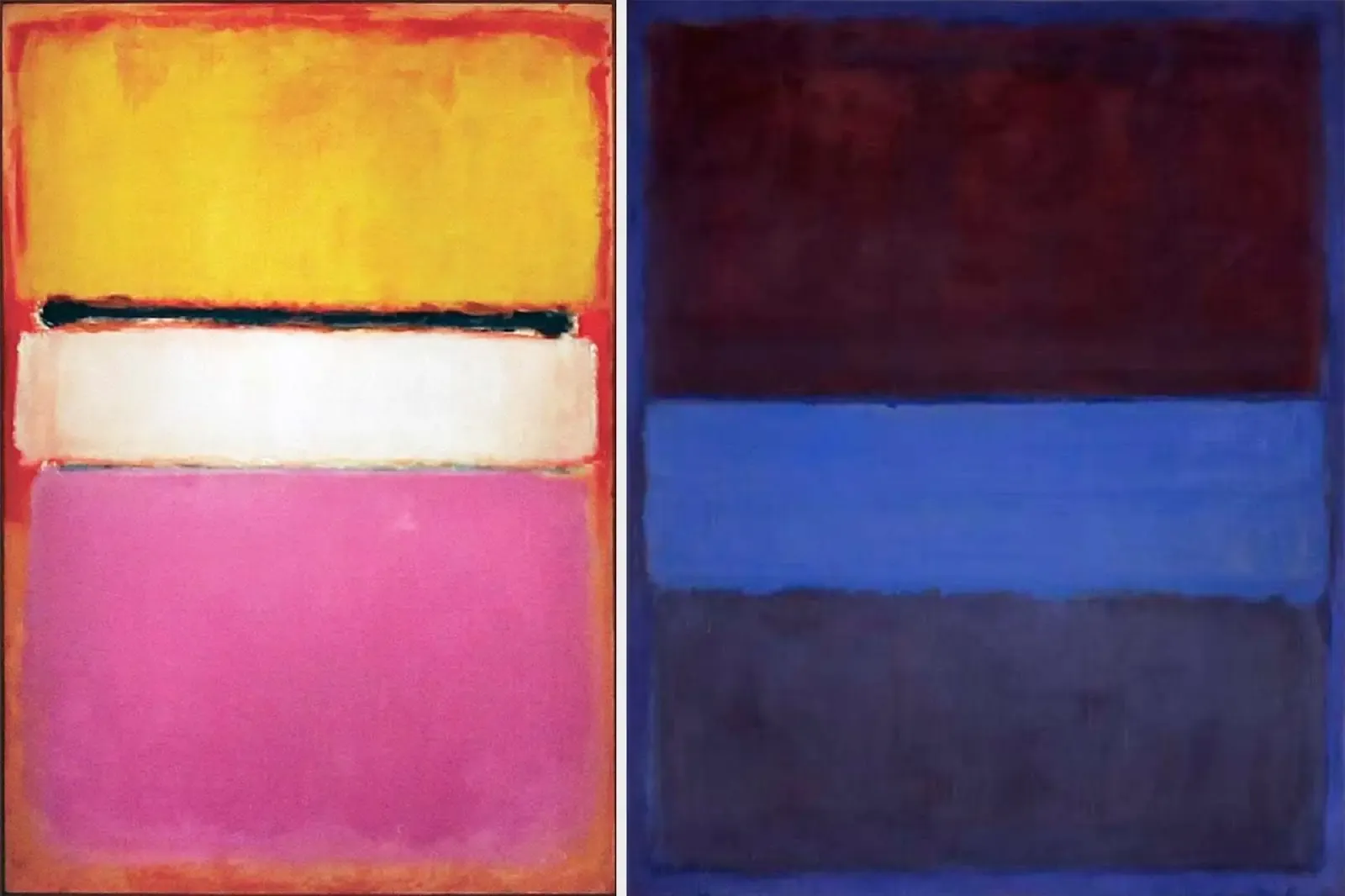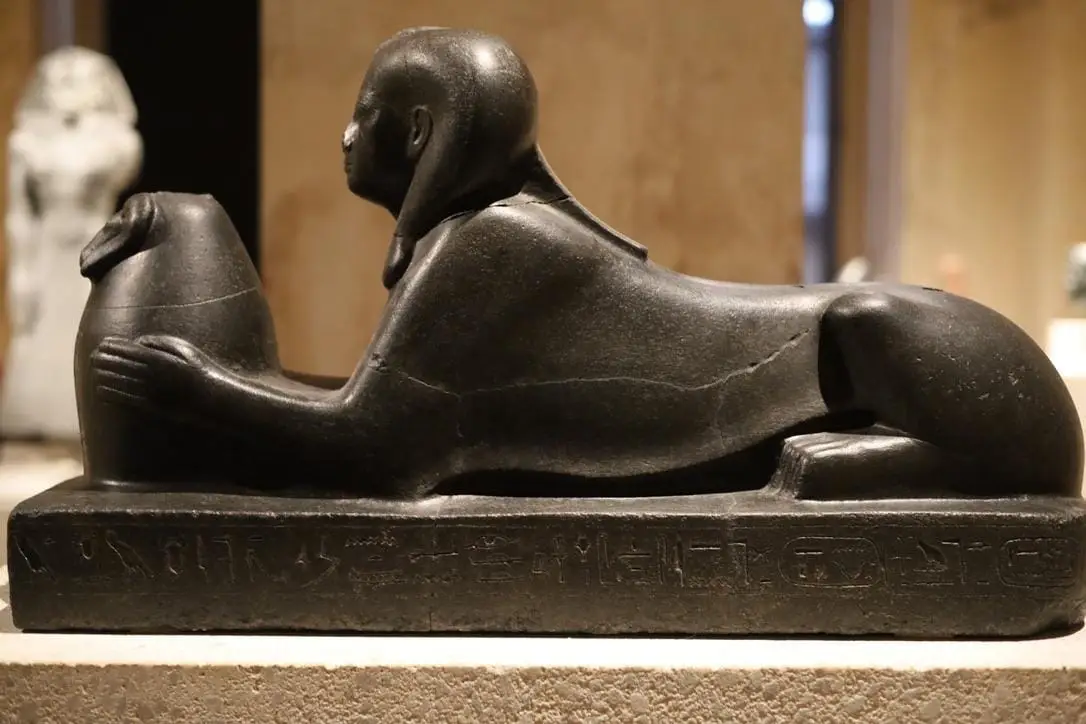Famous Muralists & Murals: Spain to the U.S.
Museums have their labels, but murals tell their own stories. Some are civic reflections; others are a call to arms. The most powerful do both, binding paint to place and memory. This fast-paced tour moves from Spain’s mosaics and chapels to U.S. landmarks and community walls, charting who to know, what to see, and where to stand when history is literally on the surface.
Key Takeaways
- Canon, community, and city programs shaped public wall art.
- Names to know span Rivera and Baca to Sert, Miró, and Barceló.
- U.S. anchors: Detroit, Los Angeles, Chicago, Philadelphia, San Diego.
- Spain’s set blends civic interiors, ceramics, and contemporary interventions.
- View with care: mind light, site rules, and conservation needs.
A mural is a site-specific work of art on a wall, created in situ. This can include paint, fresco, tile, or mixed media, usually on a permanent architectural surface and in a public context. A mural’s meanings often depend on its scale, location, body that commissioned it (or activism), and how it’s lived with over time by local audiences.
What Makes a Mural "Famous"?
Scale, site, public memory
Bigness helps, but context rules. A mural’s address, architecture, and audience—who pass it daily and what story it tells—often determine its staying power more than any one brushstroke.
Commission vs. activism; permanence vs. ephemera
Some walls are sanctioned and preserved; others appear as insurgent speech. Fame can come from endurance (decades of maintenance) or from a short, catalytic life that seeds a movement.
A Shortlist of Canonical Names (famous mural artists)
If you only met one famous mural artist through a survey course, it might be Diego Rivera. But the tradition stretches across countries and centuries. Here’s a compact canon—each line gives a signature work and where to see it:
- Diego Rivera — Detroit Industry Murals (1932–33); modern labor epic.
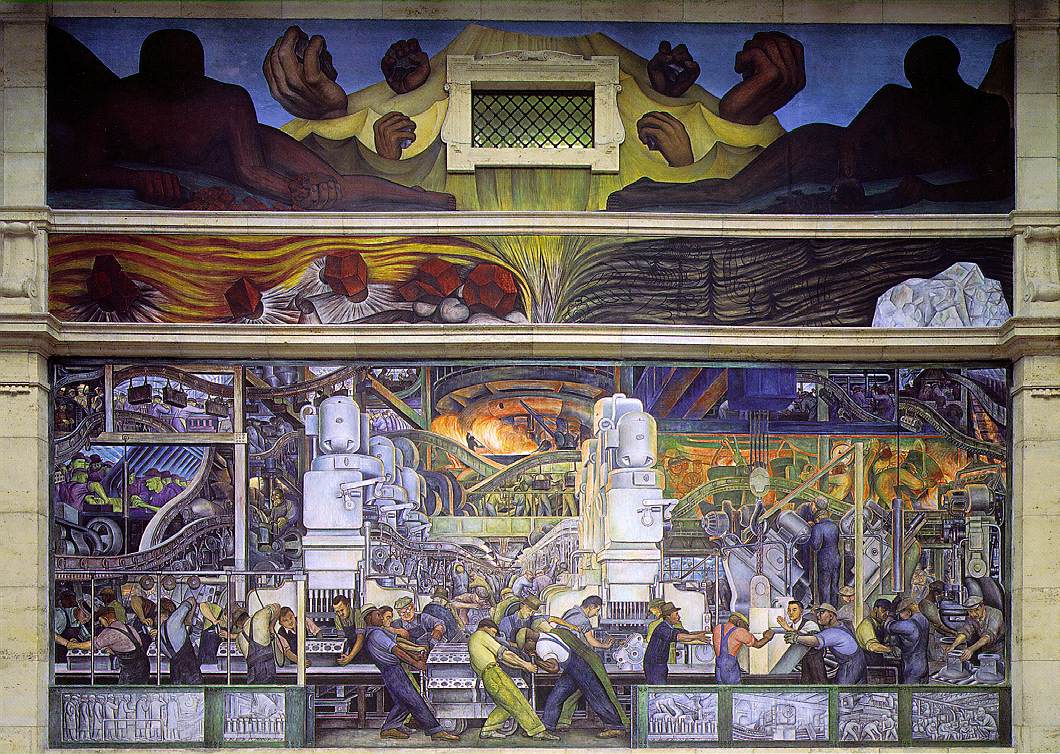
- José Clemente Orozco — Epic of American Civilization, Dartmouth College (1932–34); fierce, philosophical cycle.
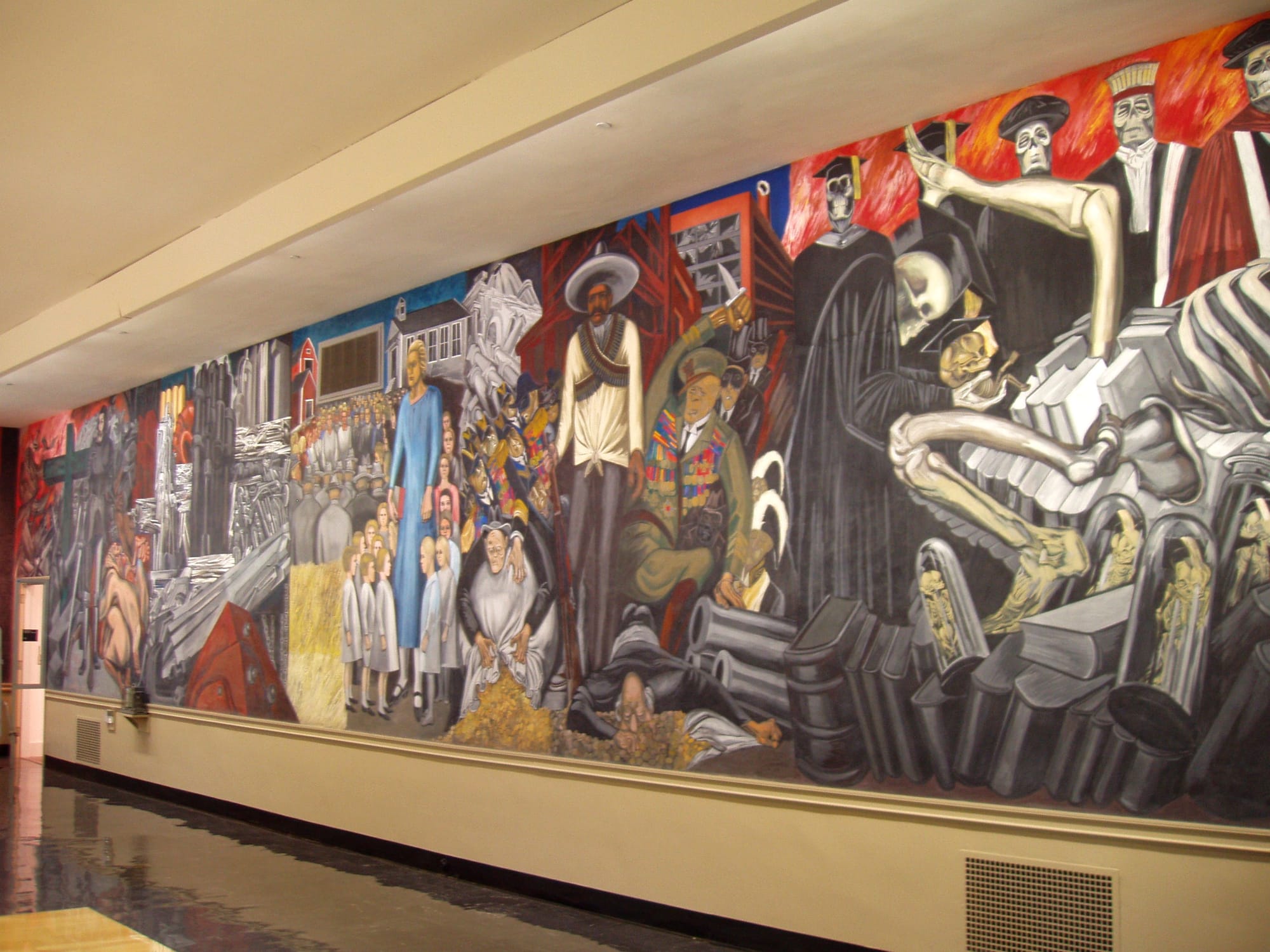
- David Alfaro Siqueiros — América Tropical, Olvera Street, Los Angeles (1932); radical image, now conserved.
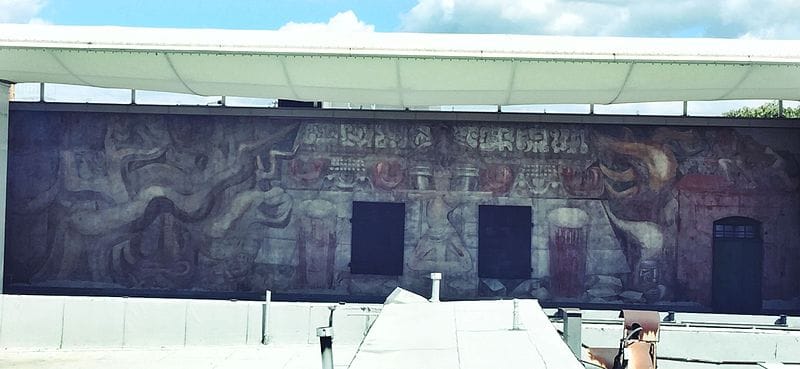
- Judy Baca — The Great Wall of Los Angeles, Tujunga Wash (begun 1974); community-driven California history.
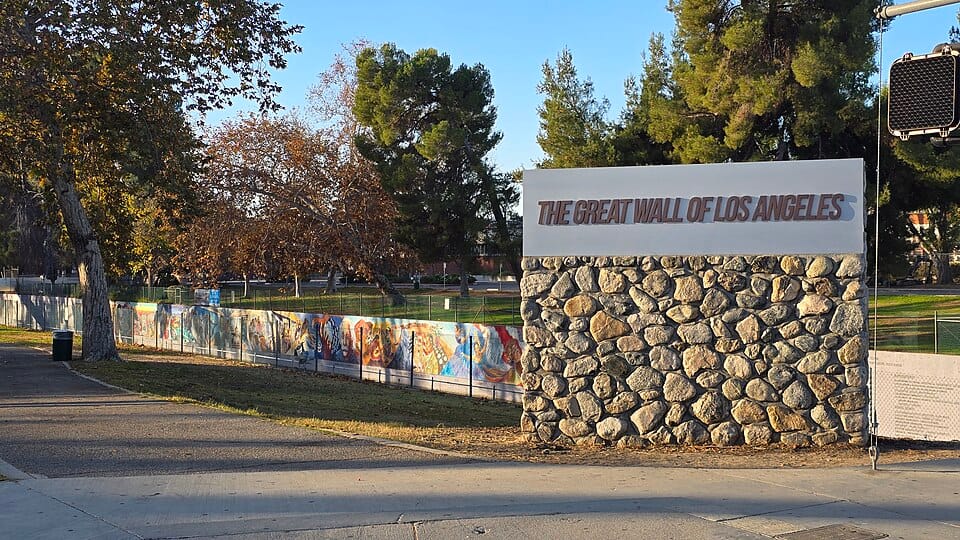
- Thomas Hart Benton — America Today (1930–31), NYC (The Met); regionalist panorama of industry and jazz.
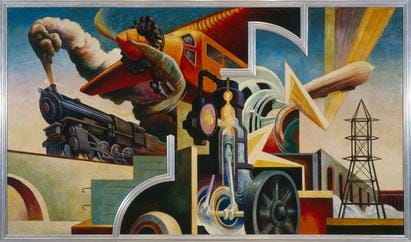
- Ben Shahn — New Deal murals (1930s–40s); social narrative sharpened by graphic clarity.
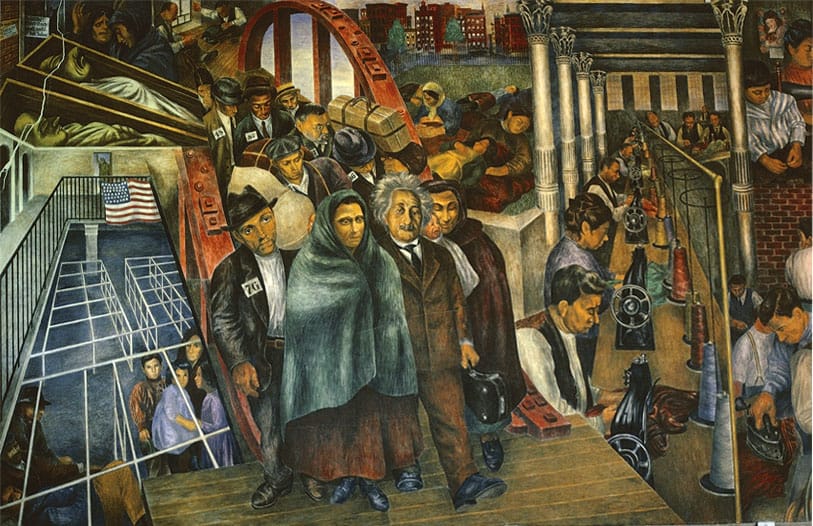
- Keith Haring — Crack Is Wack (1986), NYC; pop linework meets public health.
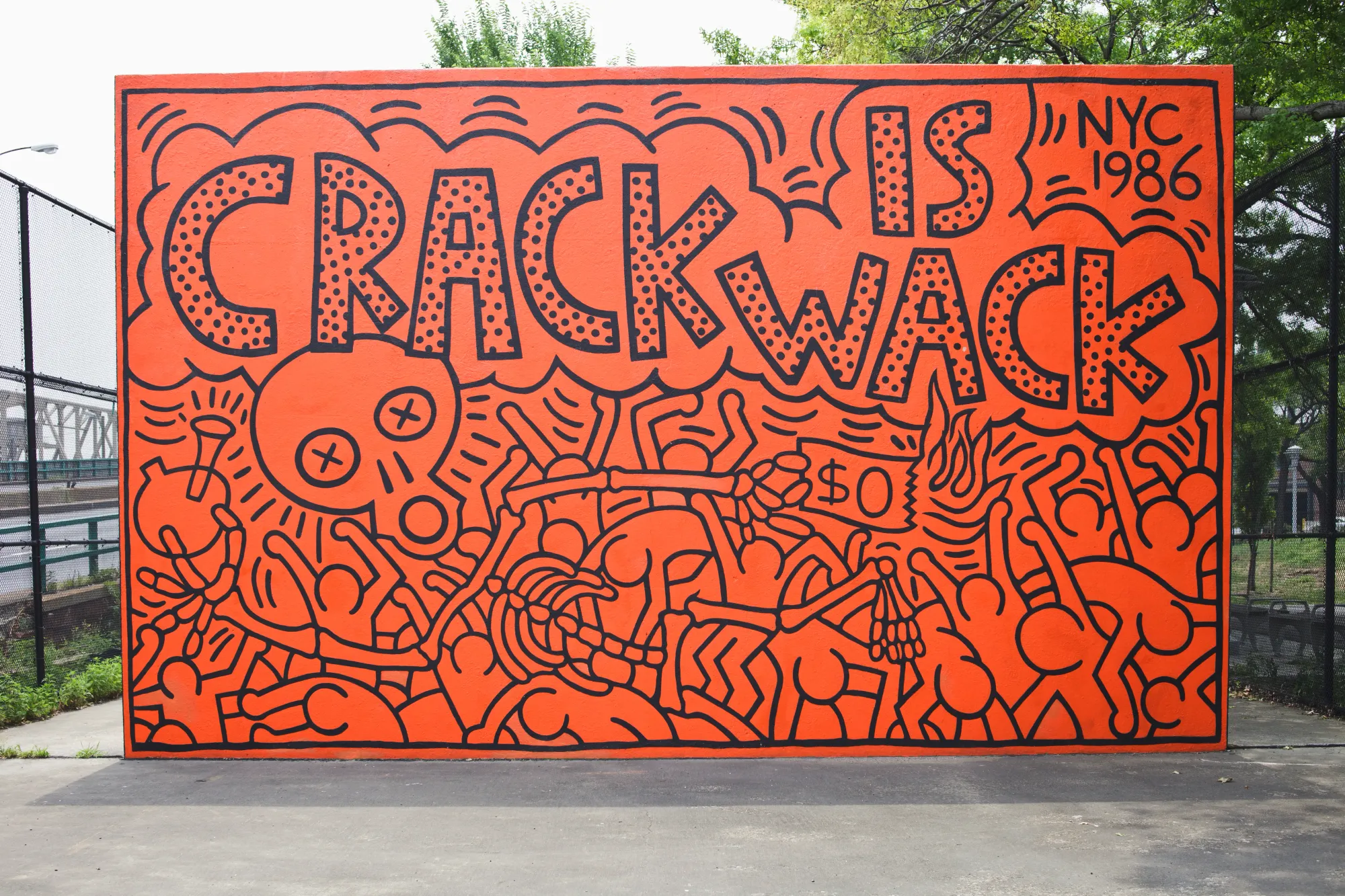
- José María Sert — American Progress (1937), Rockefeller Center lobby; allegorical colossus.
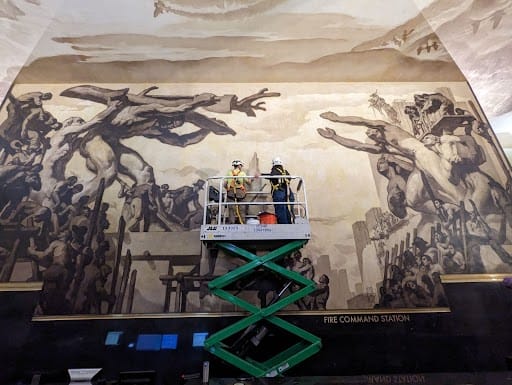
- Joan Miró — Pla de l’Os mosaic (1976), La Rambla, Barcelona; playful cosmos underfoot.
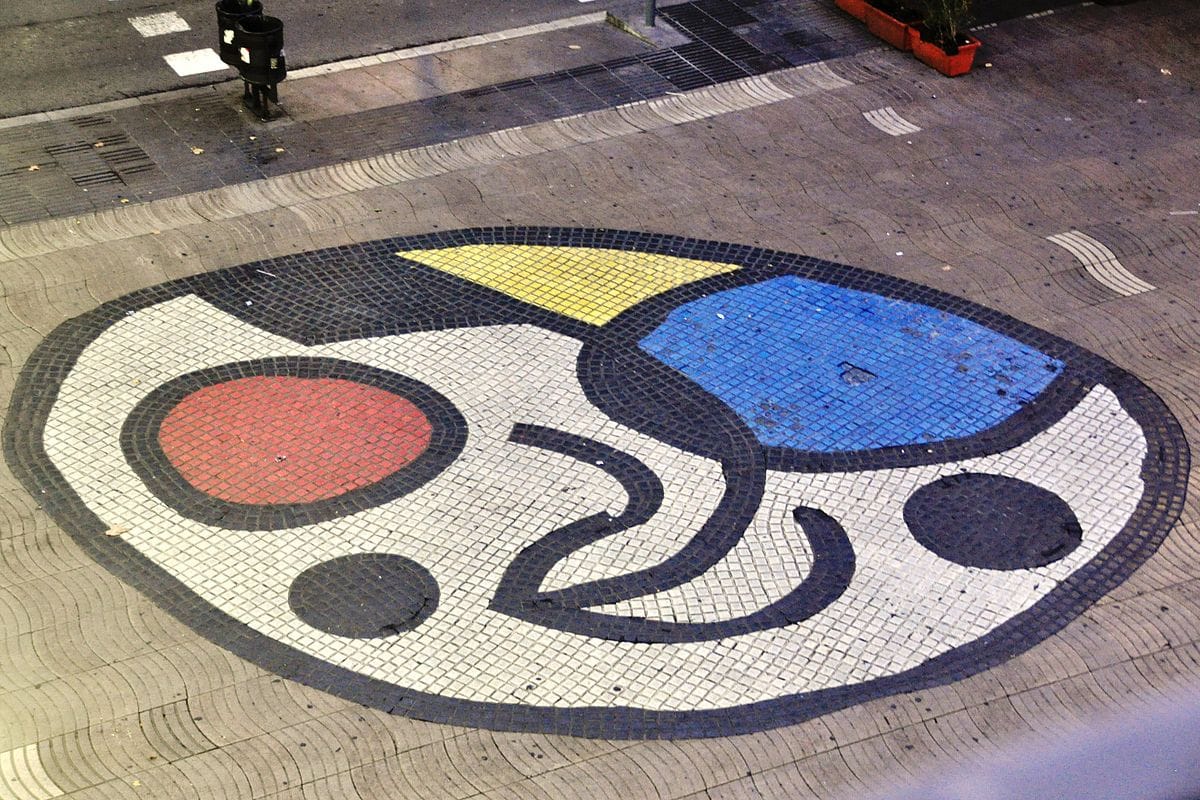
- Miquel Barceló — Capella del Santíssim (2007), Palma Cathedral; clay, sea life, and light in a Gothic chapel.
Landmark Works (famous murals in the US)
- Detroit Industry Murals — Detroit — Diego Rivera — 1932–33 — Detroit Institute of Arts, Rivera Court — Peak fresco cycle of labor, technology, and modernity.
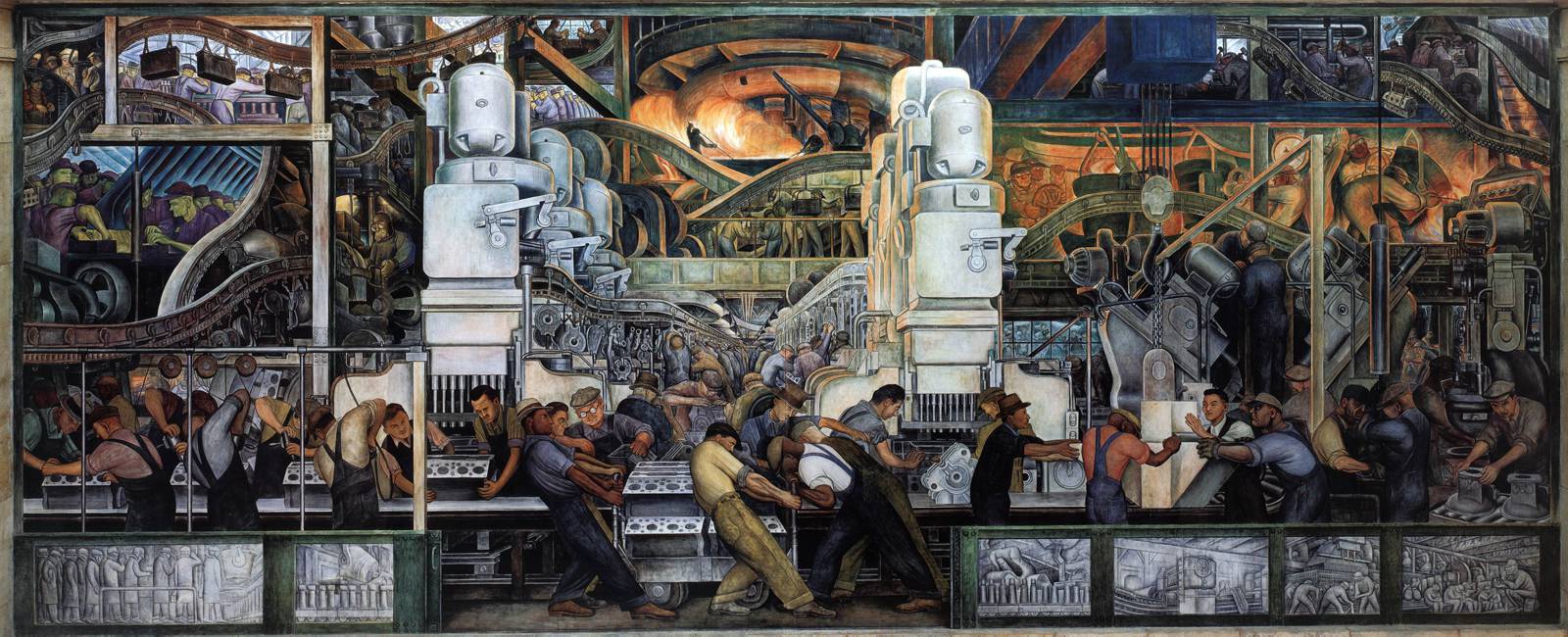
- América Tropical — Los Angeles — David Alfaro Siqueiros — 1932 — El Pueblo/Olvera Street; viewing platform + interpretive center — Once whitewashed, now conserved; a touchstone of political muralism.

- The Great Wall of Los Angeles — Los Angeles — Judy Baca — 1974–present — Tujunga Wash, Valley Glen (Coldwater Canyon to Oxnard/Burbank) — One of the world’s longest murals; multi-year community project.

- Coit Tower Murals — San Francisco — PWAP artists — 1934 — Coit Tower, Telegraph Hill — New Deal panorama of California life; landmark WPA precursor.

- Wall of Respect — Chicago — OBAC collective — 1967 — 43rd St & Langley Ave (site legacy) — Prototype community mural; catalyzed a national movement.
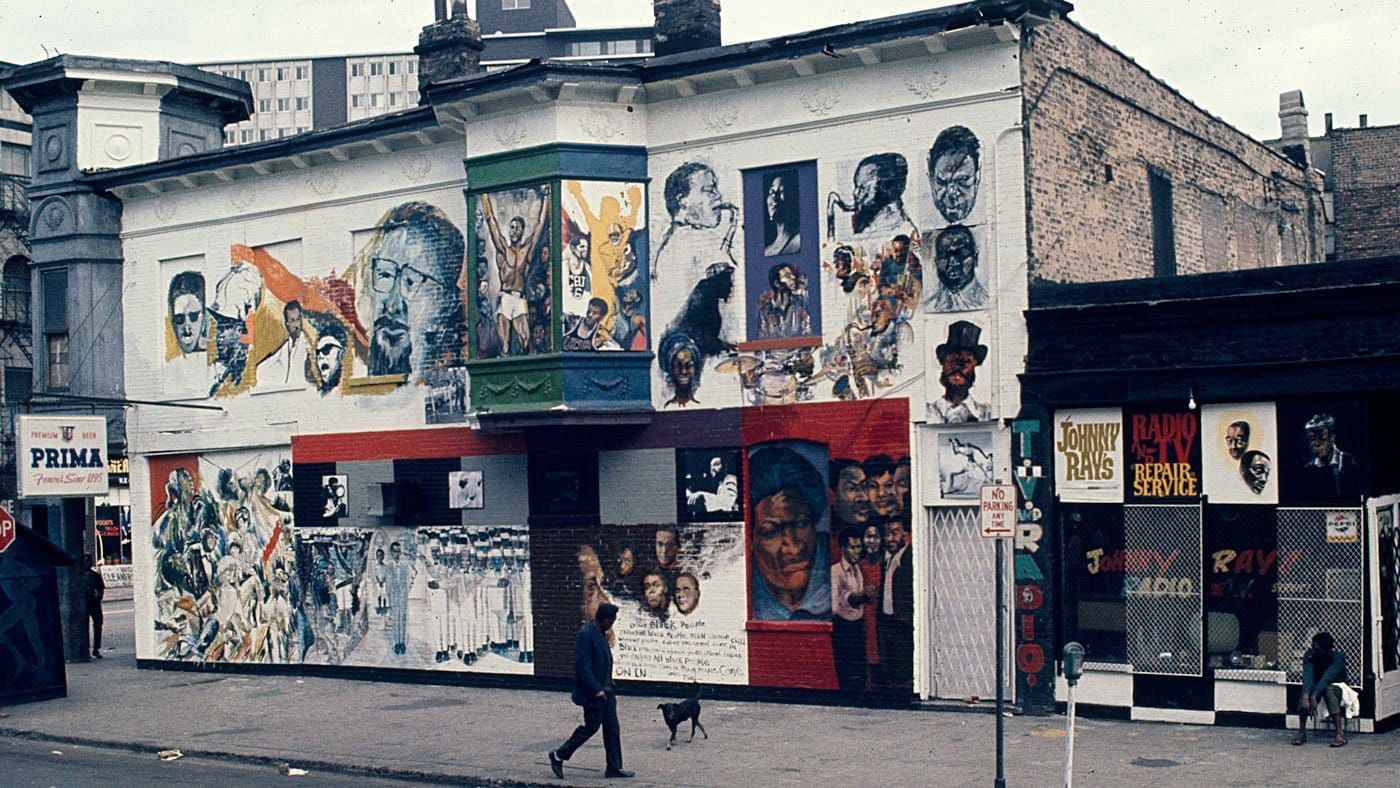
- Common Threads — Philadelphia — Meg Saligman — 1998 — Broad & Spring Garden — Iconic Mural Arts work; classical figures meet contemporary youth.
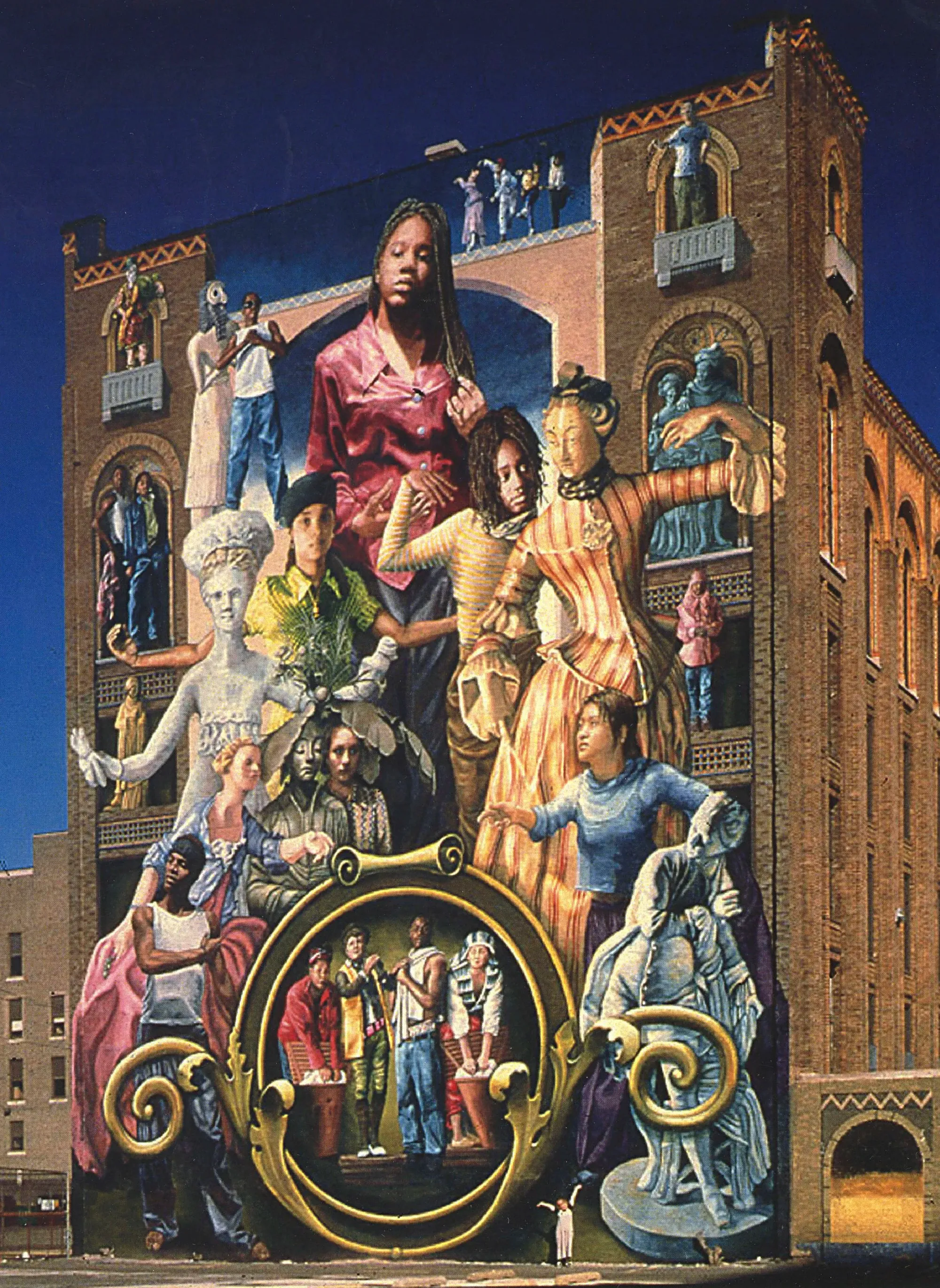
- A Love Letter For You — Philadelphia — Steve "ESPO" Powers — 2009 — 45th–63rd St rooftops along Market-Frankford El — Fifty message-murals read from the train; a civic valentine.
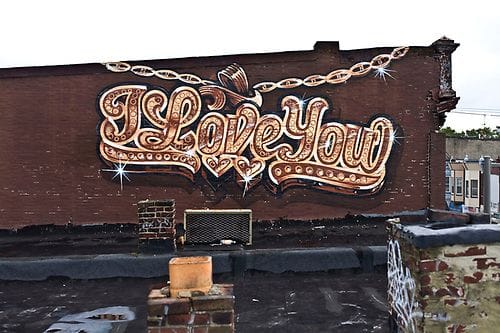
- Chicano Park Murals — San Diego — Many artists — 1970s–present — Barrio Logan, under the I-5/Coronado Bridge — Largest concentration of Chicano murals in the U.S.; a living archive.
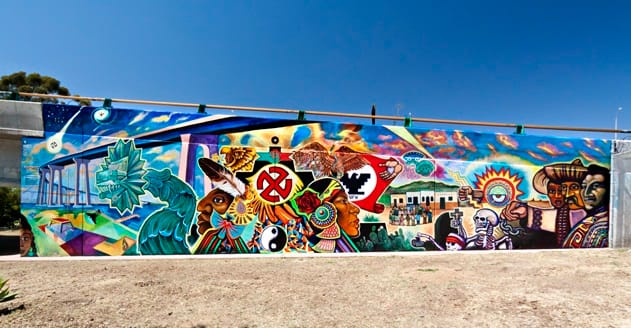
Spain’s Wall Stories (famous spanish muralist & famous spanish murals)
Spain’s public-art DNA mixes civic interiors, ceramics, and contemporary street interventions. A famous spanish muralist like José María Sert bridges allegory and architecture; newer figures animate plazas and even skate-chapels.
Where to find famous spanish murals
- San Telmo Church Canvases — Donostia-San Sebastián — José María Sert — 1930s — San Telmo Museoa church — Monumental scenes of Basque life in a historic convent.
- Pla de l’Os Mosaic — Barcelona — Joan Miró — 1976 — La Rambla, near Liceu — A circular cosmos set in the pavement—thousands walk it daily.
- Capella del Santíssim — Palma de Mallorca — Miquel Barceló — inaugurated 2007 — Cathedral of Santa Maria — Ceramics and clay reliefs turn a Gothic chapel into a submarine grotto.
- Kaos Temple — Llanera, Asturias — Okuda San Miguel — 2015 — La Iglesia Skate — A deconsecrated church reborn as skate-park and prismatic mural environment.
- Plaza de España Tile Alcoves — Seville — Various ateliers — 1929 — Provincial benches/alcoves — Ceramic tableaux of Spain’s provinces; open-air lessons in azulejo craft.
How to See, Photograph, and Respect Murals
- Light & time. Side light (early/late) reveals texture; midday flattens glare on glossy paints and tiles.
- Feet & frame. Step back to read the composition; then move close for brush or tile detail.
- Etiquette. Obey fences, don’t climb or lean; no flash inside historic interiors.
- Conservation. Many works are fragile or restored; oils, aerosols, and hands can harm surfaces.
- Context. Read plaques or city arts pages; some sites are living memorials—act accordingly.
Collector’s Corner (short)
A mural commission begins with permissions (building owner/city), insurance, and a signed moral rights/maintenance plan. A lot of artists do editioned studies-cartoons, drawings, or maquettes-on paper or canvas, a convenient way to collect the concept, if not the wall.
FAQ
Who are the most famous muralists? Canon names often include Rivera, Orozco, Siqueiros, and Judy Baca—artists who fused public history with large-scale technique. Many cities now add contemporary figures through community programs.
What are the most famous murals in the U.S.? Rivera’s Detroit Industry, Siqueiros’s América Tropical, Baca’s Great Wall, and Philadelphia landmarks (Common Threads, A Love Letter For You) are widely cited for scale and civic storytelling.
Who is a famous Spanish muralist? José María Sert is a touchstone—his vast allegories remain in Seville, San Sebastián, Geneva, and New York’s Rockefeller Center.
Where can I see famous Spanish murals? Try Barcelona’s Miró mosaic on La Rambla, Palma Cathedral’s Barceló chapel, and Donostia’s San Telmo church canvases; Seville’s Plaza de España offers tile tableaux in the open air.
What’s the difference between a mural and street art? Murals are site-specific wall paintings, usually commissioned or permitted; street art spans sanctioned and unsanctioned media—stencils, paste-ups, installations.
Walk a city with your eyes up and history talks back. From Rivera’s factories to Miró’s pavement and Baca’s flood-channel, these walls invite you to look longer—and then see related visual languages on Subjektiv’s collections.

